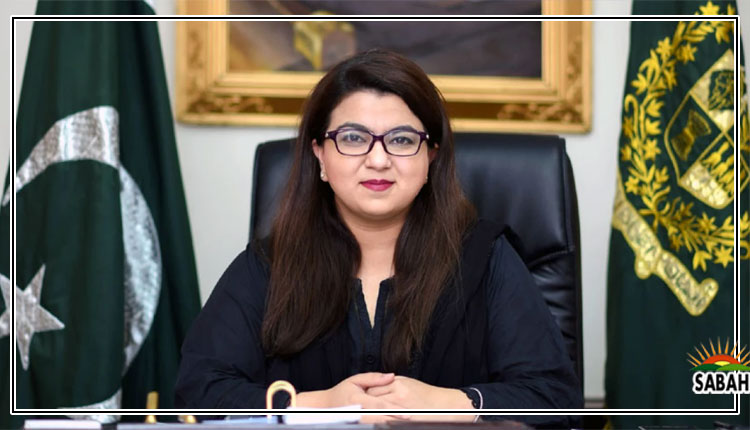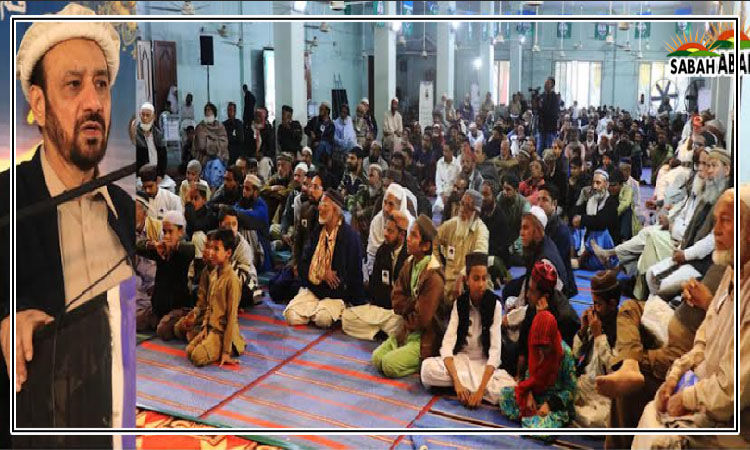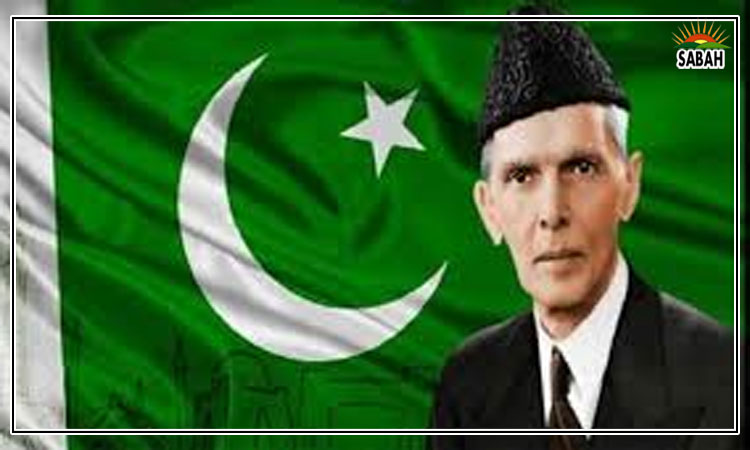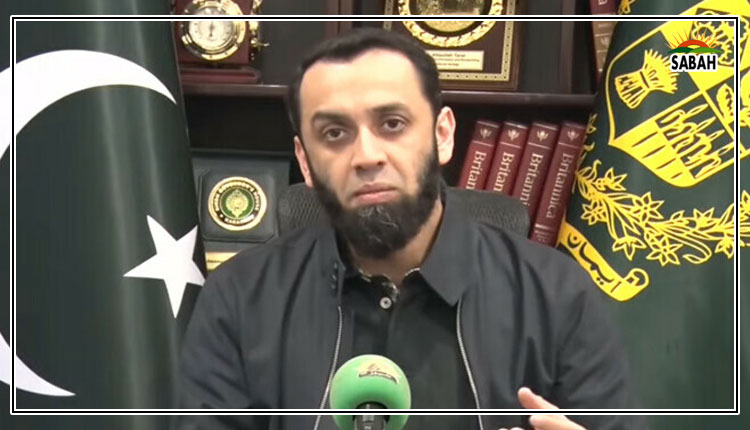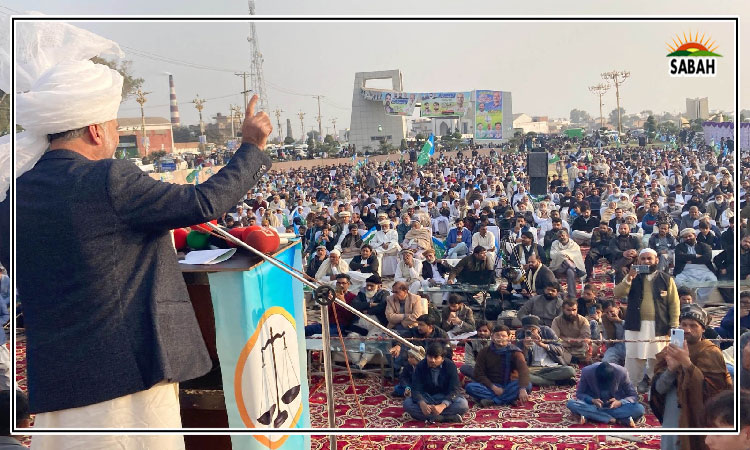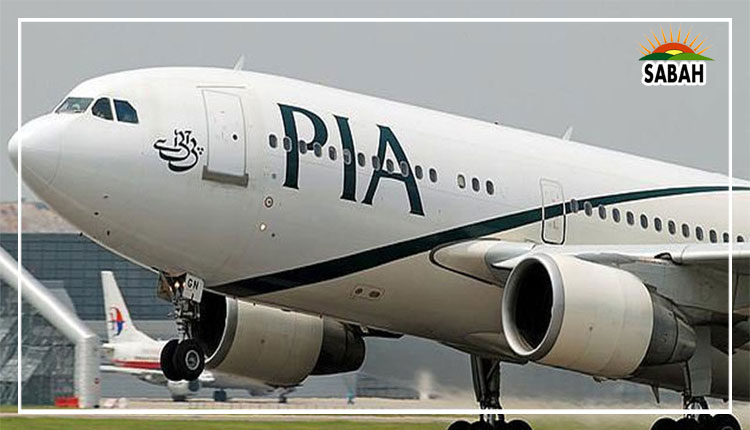Modi’s Hindu nationalist agenda and the conniving judiciary…Durdana Najam
In yet another repressive order against Muslims, the Indian Supreme Court has upheld the Modi governments decision to annex Kashmir through the abrogation of Article 370 from the Indian constitution.
On August 5, 2019, India abolished from its constitution Article 370 and ended the semi-autonomous status of Jammu & Kashmir. The state was divided into two unions: Jammu & Kashmir and Ladakh. With the annulling of 370, Article 35A was automatically scrapped. Both the Articles had given the region considerable independence in making laws except on matters related to Foreign Affairs, Defence and Finance. The 35A, also called the Permanent Residents Law, forbade outsiders from seeking a permanent resident, buying land or holding local government jobs. It was meant to preserve the distinctive identity and culture of Kashmir.
The state of Kashmir is divided between Pakistan and India by the Line of Control. The Azad Jammu & Kashmir, in Pakistan, is an autonomous region. The abolition of Article 370 was not only the violation of the rights of the Kashmiris, who needed to be taken on board before deciding how they would like to be governed. It was also a violation of the UNSCs resolutions that guaranteed the Kashmiris the right to self-determination and recommended the holding of a UN-mandated plebiscite in the disputed territory.
At the core of Kashmirs struggle for independence is the issue of self-determination, which was granted to the people of Kashmir by the UNSC when the matter was taken to the august body by none other than the Indian government itself under Prime Minister Jawaharlal Nehru. He was the architect of the seizure of Kashmir, a predominantly Muslim state which, in line with the partition plan, had to align with Pakistan naturally. Nehru, however, conspired with the ruler of Kashmir, Maharaja Hari Singh, and usurped the region, following which a war broke out between Pakistan and India in 1948. The war ended after a UN-brokered ceasefire, leaving both countries with their captured parts of Kashmir.
Both Pakistan and India are obligated under the UNSC resolutions to maintain the autonym of their respective parts of the disputed land. Whether the people of Indian-held Kashmir wanted to join Pakistan or remain in India was left in their hands. Unfortunately, India neither respected the UNSC resolutions nor the will of the Kashmiris. The only route it had taken was suppression through a military presence of unprecedented size and colonial-era laws that had empowered the law enforcement and intelligence agencies to apprehend and try the Kashmiri freedom fighters without sufficient evidence under prolonged incarceration. Despite Indias tall claim of putting Kashmir on the road to progress like the rest of the country, the state is not open to outsiders for free media coverage, tourism or human rights organisations.
Under the UN resolutions, Kashmir is a bilateral issue that both Pakistan and India shall resolve together. However, after 9/11, India has been successful in framing the Kashmir freedom struggle as terrorism. It was the beginning of brutal suppression of the Kashmir freedom struggle that culminated on August 5, 2019 when, out of fear of retribution and retaliation, the entire Kashmiri leadership was put under house arrest. The suspension of internet connection rendered the region incommunicado. For months, people in Kashmir were restricted to their homes because of the heavy deployment of the Indian Army which could cross any limit to harass Kashmiri women, kill Kashmiri youth, intimidate Kashmiri elders and make their children blind using pellet guns.
India had justified its unilateral decision to revoke Kashmirs autonomous status by projecting it as the result of the failure of the regions two political families, the Abdullahs and the Muftis, both according to the BJP stalwarts, had been milking the 35A status. Members of the two families are still intoxicated and think that Kashmir is their fathers property, Jamyang Tsering Namgyal, the BJP MP from Ladakh, said in Parliament.
So, the BJP believed that by breaking the jinx (35A) that had discouraged private players from participating in the economic development of Kashmir, the issue of militancy would be taken care of on its own a classic example of missing trees for the forest.
The stress on the economy was an attempt to falsely present the three-decade-old armed resistance as a consequence of economic deprivation and not a result of human rights violations, the culture of political marginalisation and Delhis decisive policies of capturing and killing the insurgents instead of engaging with them as stakeholders in the conflict. According to a report published in Frontline, dated August 3, 2020, titled Kashmirs endless agony, by Anando Bhakto, Businessmen in Srinagars ritzy Polo View market told this reporter in August 2019 that the goods and services tax was implemented (in the State) despite Article 370 and that big business houses such as Oberoi and Taj forayed into the State without any hassle.
At the heart of this exercise of recapturing Kashmir are Prime Minister Modis two objectives: to acquire back the so-called lost Hindu holy land and to alter the Muslim majority demography of Kashmir through a deliberate penetration of Hindus. Ever since the abrogation of 35A, according to Iltija Mufti, the daughter of former Chief Minister Mehbooba Mufti, there has been a systematic purge of Kashmiri employees from government jobs and administrative postings. Mining contracts are being outsourced to non-locals. The Army can now take possession of land anywhere in Jammu & Kashmir and build infrastructure.
On October 26, 2020, Delhi introduced the Union Territory of Jammu & Kashmir Reorganization (Adaptation of State Laws) Fifth Order, 2020 and repealed 12 state laws, including the historic land reforms laws, and amended 14 laws, some of which deal with the sale and purchase of land in Jammu & Kashmir. The changes applied only to J&K and not to Ladakh. Instead of stripping away protection, the government said it was open to discussing the Sixth Schedule Status with Ladakh.
All these hysterical moves, aimed only at J&K, suggest that India has been aiming at bringing permanent demographic changes to either reduce the Muslims into a minority or to even out their majority status.
Now, Indias Supreme Court has also supported Modis decision to impose a Hindu nationalist agenda on Kashmir.
Courtesy The Express Tribune


